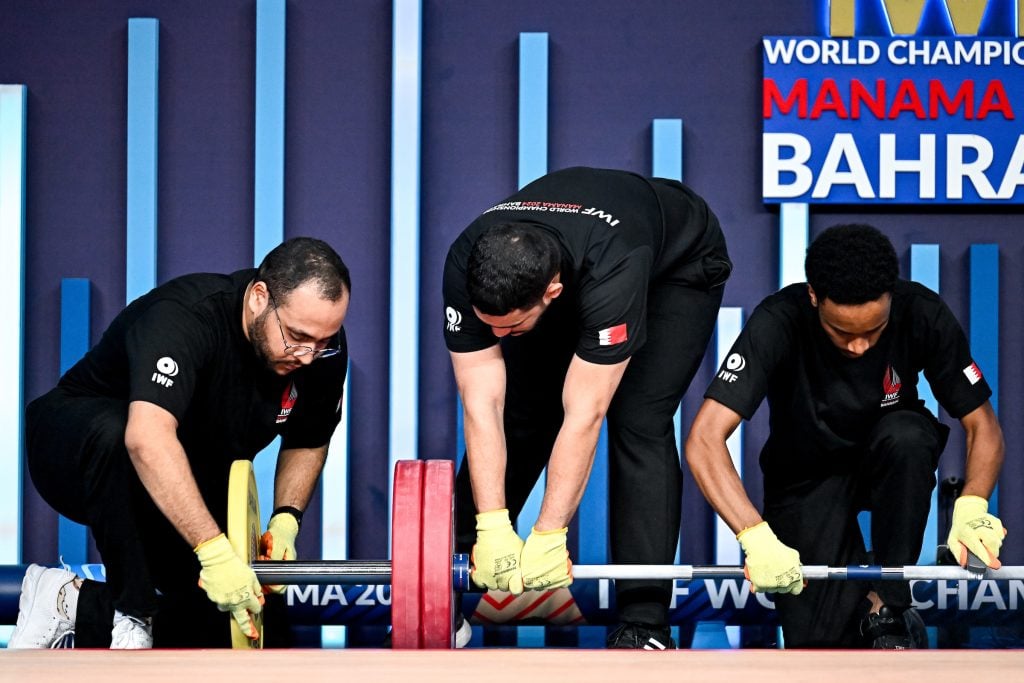IWF120y/76 – 2005: Adoption of the 1kg-increment rule

Traditionally, the rules of weightlifting stipulated that the minimum increase of weight in a bar between two lifts should be of 2.5kg. This meant that whenever an athlete was successfully lifting for example a bar of 150kg, his/her next attempt should be at least 152.5kg. The only exception was the World Record attempt, where the bar could be “upgraded” by intervals of 0.5kg. In March 2005, at its Congress, the IWF decided to change these standards and approved the introduction of a universal 1kg-increment rule. This was considered a “revolutionary step towards a clearer, closer and even more exciting competition” (as written in the report following the IWF gathering), a change that is still in vigour today and is, indeed, quite straightforward and understandable for spectators and fans following a weightlifting competition. The new rule was applied almost immediately, as the first event adopting it was the 2005 IWF World Junior Championships, organised in May 2005 in Busan (KOR). This change also allowed an “easier” reading of the results, as the “.5” decimal simply disappeared, and the weight lifted by athletes is only displayed in natural numbers. In practical terms, the reduction from 2.5kg to 1kg also allowed a reduction in the number of ties, as the “variety” of results can be statistically bigger. Eleven years later, in 2016, a new system to untie the lifters (based on who lifted first, and not based on the athlete’s body weight) completed the 1kg-increment rule, establishing the standards of the weightlifting competition format as we know it today.










